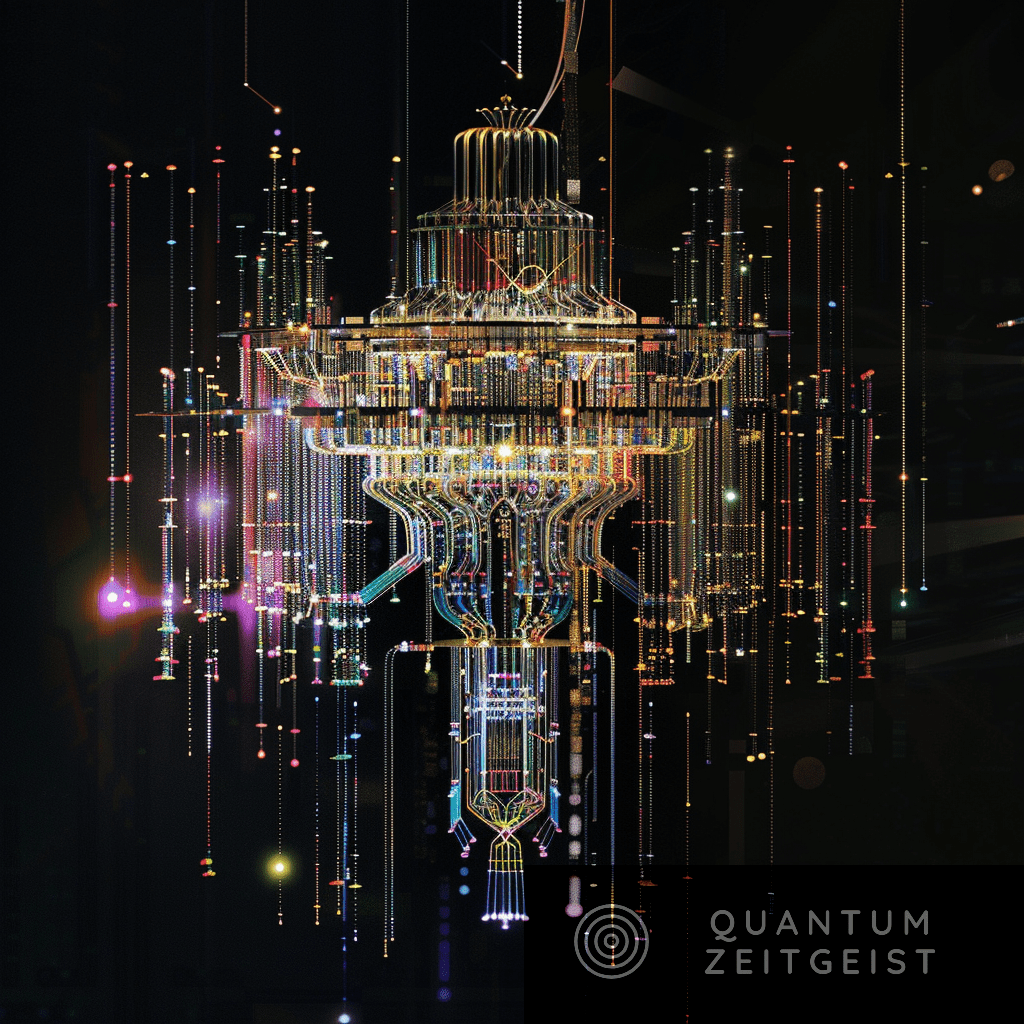Landauer’s bound, a principle introduced by Rolf Landauer in 1961, establishes a fundamental physical boundary for computations. It has been experimentally verified and applied to quantum systems, with researchers confirming its validity in various experiments. The principle has been expanded to include orientation-encoded information and has been demonstrated in fully quantum systems. Recent developments have furthered understanding of Landauer’s bound, with researchers demonstrating its enforcement during bit erasure and its necessity in logically reversible quantum operations. Frank Z Wang from the University of Kent is currently exploring Landauer’s bound in a quantum computer using spin qubits.
What is Landauer’s Bound and its Role in Quantum Computing?
Landauer’s bound is a principle that was introduced in 1961 by Rolf Landauer. He postulated that information has a physical nature and that erasing a bit of classical information necessitates a minimum energy of Delta1Eequal1kBTln 2, where kB represents the Boltzmann constant and T is the system’s temperature. This principle established the fundamental physical boundary for computations.
In quantum computing, which is described by unitary operations, the projective initialization required to set up the system in an entangled state and the projective measurement needed to extract classical information from the computation are not reversible. Landauer’s bound restricts these irreversible operations, implying that the growth in the number of computations per joule of dissipated energy will plateau around 2050.
In this study, Frank Z Wang from the Division of Computing Engineering and Mathematics Sciences at the University of Kent, explores Landauer’s bound in a quantum computer using spin qubits.
How has Landauer’s Bound been Experimentally Verified?
Landauer’s bound has been experimentally confirmed and expanded upon by various researchers over the years. In March 2012, Bérut et al experimentally confirmed Landauer’s bound using a single silica glass bead with a diameter of 2 μm acting as a Brownian particle. The particle was confined in a double-well potential and the observed mean dissipated heat was shown to saturate at the bound under long erasure cycles.
In June 2012, Alexei et al presented the initial experimental validation of Landauer’s principle in logically reversible operations. They measured energy dissipation significantly below Landauer’s bound at the sub kBT level for reversible operations, while irreversible operations exhibited energy dissipation exceeding Landauer’s bound.
In 2014, Jun et al confirmed the bound using a fluorescent particle 200 nm in size. They showcased this by utilizing small particles confined in traps and minimizing the work exerted to reach the Landauer limit during the erasure process.
How has Landauer’s Bound been Applied to Quantum Systems?
In 2016, Hong et al expanded Landauer’s principle to encompass orientation-encoded information. They measured an energy dissipation of 42 zeptojoules in a single-domain nanomagnet which consisted of over 10^4 spins. The energy dissipation was assessed using a laser probe while flipping a bit from the off to the on state.
In May 2018, a team led by Feng reported a demonstration of Landauer’s principle in a fully quantum system involving a single atom. They utilized a trapped ultracold 40 Ca ion as an atom qubit comprising its two internal states. The erasure protocol involved the heat reservoir, the ion’s own vibrational modes, and the associated work was measured.
In June 2018, Gaudenzi et al similarly extended Landauer’s principle to the quantum domain, focusing on a collective Szequal1 1020μB giant spin at 1 K employing a superconducting quantum interference device (SQUID).
What are the Recent Developments in Understanding Landauer’s Bound?
In March 2020, Saira et al conducted measurements of Landauer’s bound at 500 mK. Following this, in June 2020, Çetiner et al measured Landauer’s bound in ion channels which are smaller than fluorescence molecules but larger than spins.
In March 2021, Holtzman et al demonstrated that the enforcement of Landauer’s bound occurs through the contraction of the physical system’s phase-space volume during bit erasure. They further proposed that precise knowledge of the system’s energy allows for the implementation of an erasable bit with no thermodynamic cost in a Hamiltonian memory. However, they emphasized the theoretical nature of their proposal, acknowledging that any uncertainty in energy, common in realistic situations due to limited knowledge of the system’s energy, reinstates Landauer’s bound.
In April 2021, Chiribella et al made a notable finding that even a logically reversible quantum operation operating on a physical processor with different energy levels necessitates energy. They provided quantified upper and lower bounds which persist even in entirely reversible evolutions. Interestingly, these bounds can be quantitatively compared with the classical Landauer bound, which manifests in irreversible evolutions.
What is the Future of Landauer’s Bound in Quantum Computing?
In November 2021, Georgescu conducted a comprehensive review of 60 years of Landauer’s principle. The review emphasized that Landauer’s principle establishes a fundamental energy bound not only for irreversible bit operations in classical systems, which is the traditional domain of Landauer’s principle, but also for the reversible operations of quantum computation, highlighting the unifying aspect despite the distinction between these two types of operations.
In this study, Frank Z Wang explores Landauer’s bound in a quantum computer using spin qubits. During an erasure, the spin qubit is in a maximally mixed state or with the probability density matrix ρqubitequal1angbracketright angbracketleftangbracketrightangbracket. This study may represent the last piece of the puzzle in understanding both quantum Landauer erasure and Heisenberg’s quantum limit since a single spin is the smallest information carrier.
Publication details: “Spin-encoded quantum computer near ultimate physical limits”
Publication Date: 2024-04-17
Authors: Frank Z. Wang
Source: Quantum information processing
DOI: https://doi.org/10.1007/s11128-024-04358-1

